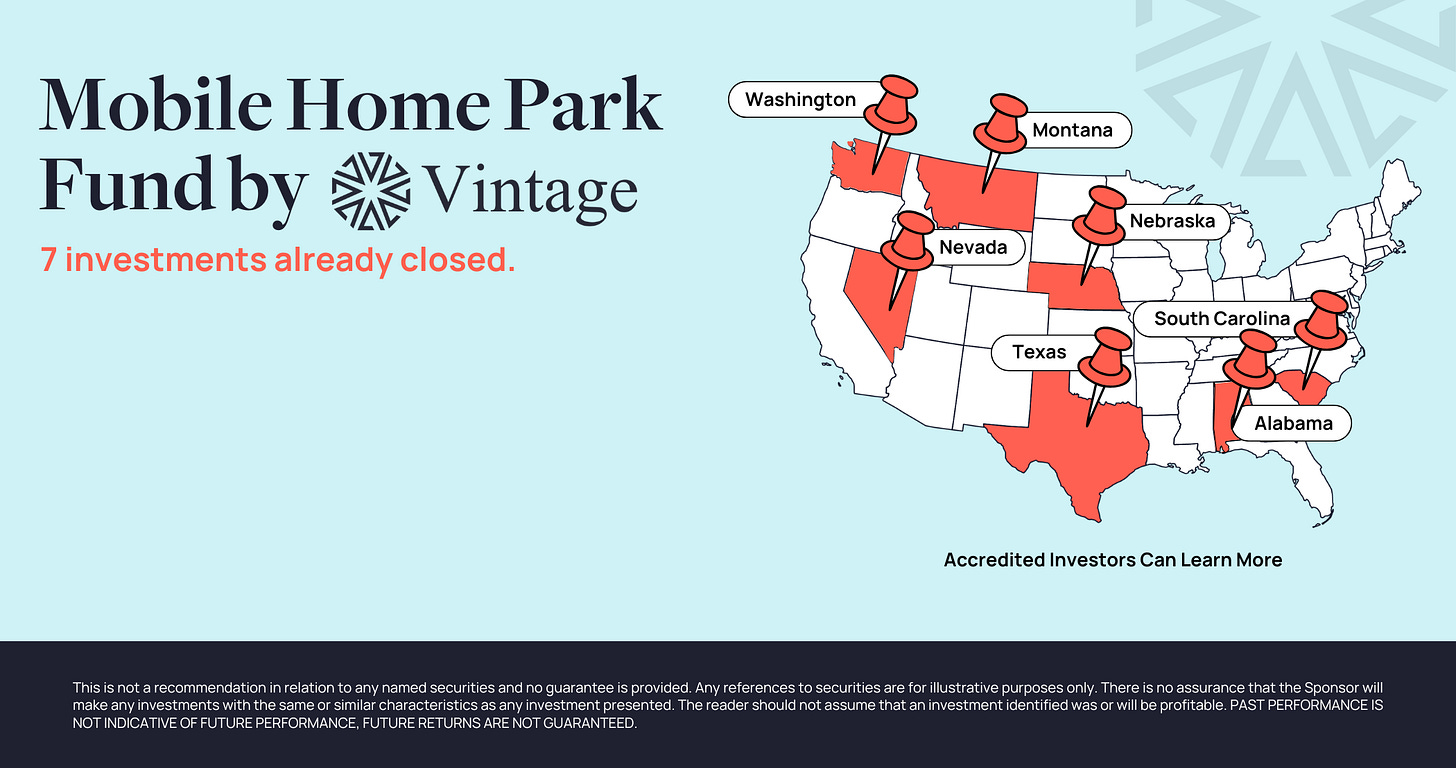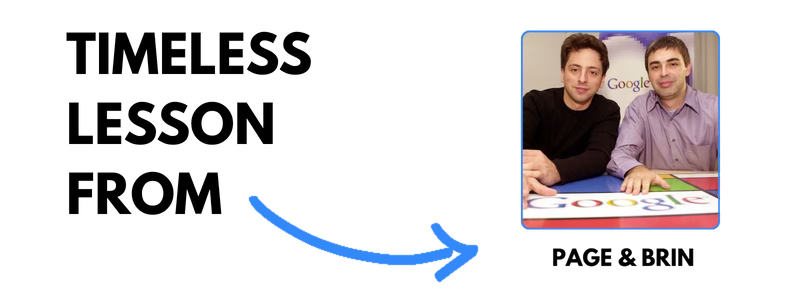Google: From a Dorm Room to the World’s Front Page
The two founders met at Stanford University in the mid-1990s. At first, they argued constantly, but their shared passion for information and technology drew them together.
Larry Page was born on 26 March 1973 in Michigan, the son of two computer science professors. Sergey Brin was born on 21 August 1973 in Moscow, moving to the United States as a child when his family fled Soviet antisemitism. The two met at Stanford University in the mid-1990s. At first, they argued constantly, but their shared passion for information and technology drew them together.
Before we continue, a quick word from today’s sponsor:
There’s a reason mobile home parks are getting so much institutional love.
They remain one of the key affordable-housing sources nationally, have limited supply and high tenant retention (10-12Y). Investors can see tremendous upside with professionally-managed MHP portfolios such as Vintage Capital’s, which targets a 15-17% IRR and makes monthly distributions. Invest directly in individual deals or via a 10+ property fund. 1031s also available.
At Stanford, Page began working on a research project about how to rank web pages. The internet was growing rapidly, but search engines at the time were clunky, prioritizing keywords rather than relevance. Brin joined the project, and together they developed PageRank, an algorithm that ranked pages by the number and quality of links pointing to them.
In 1996, they launched “Backrub,” a prototype search engine running on Stanford’s servers. By 1998, they rebranded it as Google, a play on the mathematical term “googol,” reflecting their ambition to organize seemingly infinite information.
Funding was scarce at first. They even tried selling Google for $1 million to Excite, but were turned down. Instead, they raised early investment from Andy Bechtolsheim, co-founder of Sun Microsystems, who famously wrote them a $100,000 check on the spot after seeing a demo.
Google’s clean interface and superior results quickly outpaced rivals like Yahoo and AltaVista. By the early 2000s, it became the default gateway to the internet. The company scaled rapidly, adding products like Gmail, Maps, YouTube (through acquisition), Android, and Chrome.
In 2015, Google restructured under Alphabet Inc., with Sundar Pichai as Google’s CEO, while Page and Brin shifted to broader innovation projects. What began as a student project became one of the most powerful companies in the world.
Solve Problems People Didn’t Notice
Larry Page and Sergey Brin didn’t set out to make the internet prettier. They set out to make it usable. Back when rivals crowded search results with ads and clutter, Google’s homepage was almost empty, just a logo, a search bar, and a blinking cursor.
That blank space was a statement. It told users: we’re here to serve your question, not ours. And it worked, billions of times over.
The lesson is simple: don’t just build what people ask for, build what will make their lives easier in ways they can feel instantly. The biggest opportunities often hide in what everyone else ignores.
Google’s story shows that the most powerful innovations aren’t about speed, they’re about seeing the architecture behind the problem. Don’t settle for better; rethink what needs solving. What you build then doesn’t just improve a system but redefines how the world interacts with it.
Until next time,
The Chronicler





